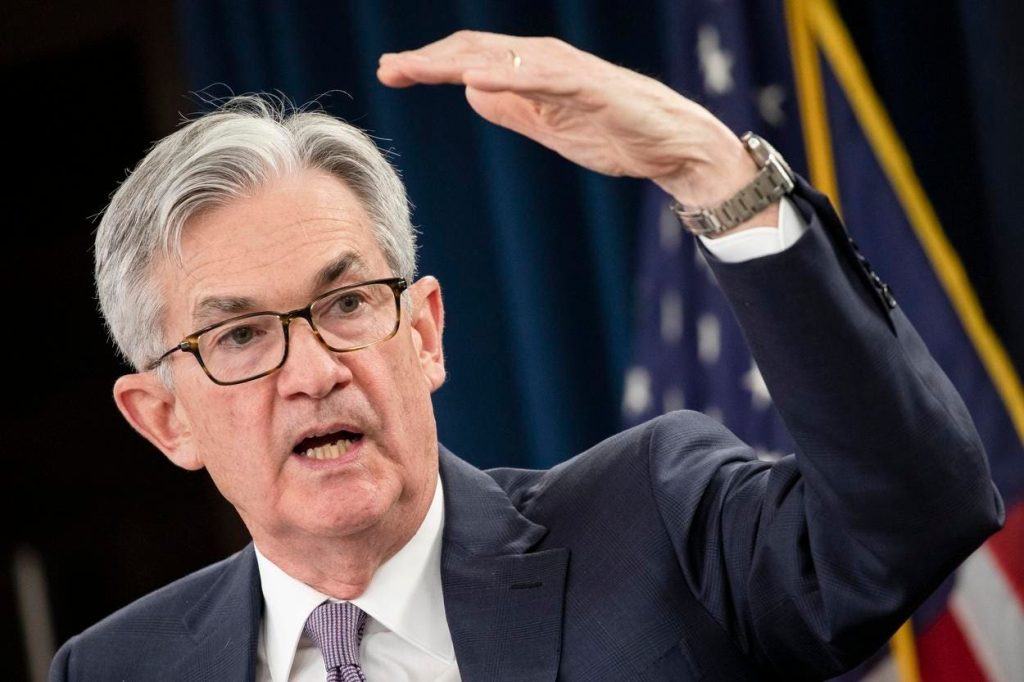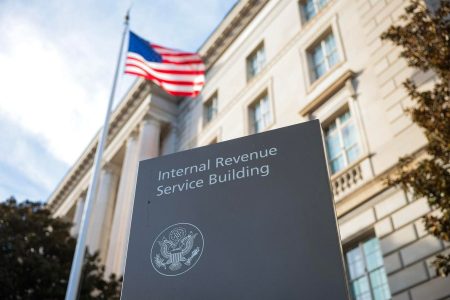The Small Business Administration (SBA) has implemented significant changes to its 504 loan program, offering a much-needed lifeline to small businesses grappling with the lingering effects of high interest rates and tighter credit conditions. These revisions, aimed at streamlining the refinancing process and expanding eligibility, arrive at a crucial juncture as the Federal Reserve signals a potential easing of interest rates, creating an opportune window for businesses to reduce their debt burden and free up capital for growth. The 504 program, traditionally known for its complexity and paperwork, has been retooled to become a more accessible and attractive financing option for smaller enterprises seeking long-term, low-cost capital.
The core benefit of the SBA 504 loan program lies in its ability to help small businesses finance significant capital expenditures, such as real estate and equipment purchases, with more favorable terms than conventional loans. The program typically involves a three-way partnership: a third-party lender (usually a bank) provides 50% of the financing, a Certified Development Company (CDC) contributes 40% (backed by the SBA), and the borrower provides the remaining 10% as a down payment. This structure, with the SBA’s backing, mitigates risk for lenders and allows them to offer lower interest rates and longer repayment periods, making the 504 program particularly appealing for smaller businesses often facing higher borrowing costs. The recent rule changes further enhance this appeal by making refinancing existing debt a more viable and attractive proposition.
The SBA’s November 2023 revisions target key aspects of the 504 program to facilitate refinancing and access to capital. Firstly, the loan-to-value ratio has been increased from 85% to 90%, enabling businesses to borrow a larger portion of the asset’s value when refinancing. Secondly, the 20% cap on Eligible Business Expenses has been removed, providing greater flexibility for businesses to access working capital. Thirdly, the requirement for using the loan proceeds on fixed assets has been lowered from 85% to 75%, easing the qualification process. Furthermore, the SBA eliminated the mandatory 10% reduction in monthly payments for refinancing, now accepting any reduction as sufficient. Finally, the program now encompasses a broader range of debt eligible for refinancing without requiring the proceeds to be used for business expansion. These changes collectively create a more accessible and user-friendly refinancing pathway for small businesses.
These modifications to the 504 program are particularly timely given the evolving economic landscape. With inflation showing signs of cooling and the Federal Reserve hinting at potential interest rate cuts, businesses have a unique opportunity to restructure their debt at lower rates, potentially saving substantial amounts in interest payments over the long term. The NFIB’s October Small Business Economic Trends report highlighted the high cost of borrowing for small businesses, with an average interest rate of 9.7% on short-term loans. The 504 program, offering a current rate of 6.125% on a 25-year refinance loan, presents a significant cost advantage that can free up valuable resources for reinvestment and growth. This ability to refinance high-interest debt at lower rates is arguably the most impactful benefit of the recent rule changes, potentially providing a critical boost to small businesses navigating a challenging economic environment.
While the 504 program offers substantial advantages, it’s essential to understand its eligibility criteria. The program is specifically designed for smaller businesses, with a tangible net worth cap of under $20 million and an average net income over the past two fiscal years below $6.5 million. There’s also an occupancy requirement stipulating that the business must utilize at least 51% of its rentable property for buildings it already owns at the time of application, effectively excluding real estate companies. These requirements ensure that the program’s benefits are directed towards the smaller businesses that often face the greatest challenges in accessing affordable financing. Despite the program’s potential benefits, awareness remains a challenge. Many small business owners, particularly those outside of franchise systems, are unfamiliar with the 504 program. Therefore, it’s crucial for businesses to consult with SBA-approved lenders to assess their eligibility and explore the program’s potential advantages.
The economic backdrop for these changes underscores their importance. The Federal Reserve’s potential interest rate cuts, driven by factors such as a cooling inflation rate and a stronger-than-expected jobs report, create a favorable environment for refinancing. High interest rates and tighter lending standards have significantly hampered small businesses’ access to credit in recent times, leading to increased delinquency rates on both short-term and long-term debt. The 504 program, with its streamlined refinancing options and lower interest rates, offers a potential solution to this credit crunch, enabling small businesses to restructure their debt, reduce their financial burden, and unlock capital for investment and expansion. While the program has historically been perceived as complex and time-consuming due to its paperwork requirements, the recent revisions aim to simplify the process and make it more accessible for businesses seeking long-term, affordable financing.










